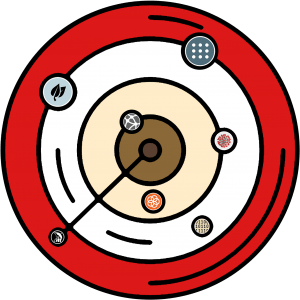Virtual Observatory of Institutional Experimentation for Better Work
The CRIMT International Partnership on Institutional Experimentation for Better Work involves the mobilization of cases of experimentation for better (or for worse) work. Key fault lines of change are disrupting the regulation of work and employment in different regulatory arenas and highlighting how organizations and institutions are often out of synch with these sources of disruption. This opens up space for world-of-work actors, as best they can, to engage in experimentation and further raises the question of whether work is becoming better or worse as a result. Cross-case analysis and shared learning will help clarify the circumstances likely to make work better rather than worse.
Our project mobilizes an international network of partner centres, designated and other interested researchers to identify, develop and cross-interrogate cases of experimentation. The cases of experimentation respond to both regulatory arenas and fault lines of change.
Drawing on a common template, the Data Bank of Institutional Experimentation brings together distinct cases of experimentation in various phases of development. The objective is to generate and catalogue a rich empirical material of at least 100 cases of institutional experimentation across fault lines of change and regulatory arenas. The iterative nature of the data collection will be facilitated by clustered and full-team discussions for successive waves of case studies, so as to confront and refine methods and hone the analysis. CRIMT Partnership researchers and students can thereby share and interrogate their research results through shared templates, case development workshops, case narratives and case comparison webinars by regulatory arena and fault lines of change, thus contributing to the construction of a robust sample of “thick” cases. The objective is to re-interrogate existing cases, to develop new cases and to make the connections between experimentation and its implications for different dimensions of work.
Preliminary qualitative and quantitative analysis will lead to case classification according to types of experimentation, dimensions of better and worse work, typical problems, and case characteristics, thus providing a second level of research aggregation. Using advanced data weaving methods and digital storytelling involving video, data visualization, 2D animation and a YouTube channel to enhance impact, selected cases from the Data Bank will transition, in this and subsequent phases, to an open-access, Virtual Observatory of Institutional Experimentation for Better Work.
This Virtual Observatory will make the results of particular cases and cross-case aggregation available to a wider public of world-of-work actors and other stakeholders through Working Papers, webinars, and digital storytelling.
The Virtual Observatory of Institutional Experimentation for Better Work is set to launch in late 2021, early 2022. Stay tuned!



